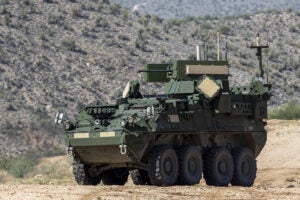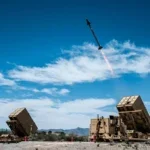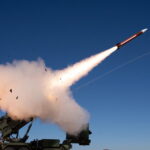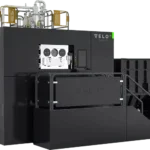
The Army earlier this month awarded Leonardo DRS a $40 million task order to provide its mobile counter-small drone solution to two divisions, an award that builds off a previous $189 million contract the service awarded the company in 2020 for the Mobile-Low, Slow, Small Unmanned Aircraft System Integrated Defeat Systems (M-LIDS). Deliveries of the M-LIDS under the latest task order will begin in 2024, Ed House, director of business development of the Leonardo DRS Land Systems line of business,…

 By
By 











